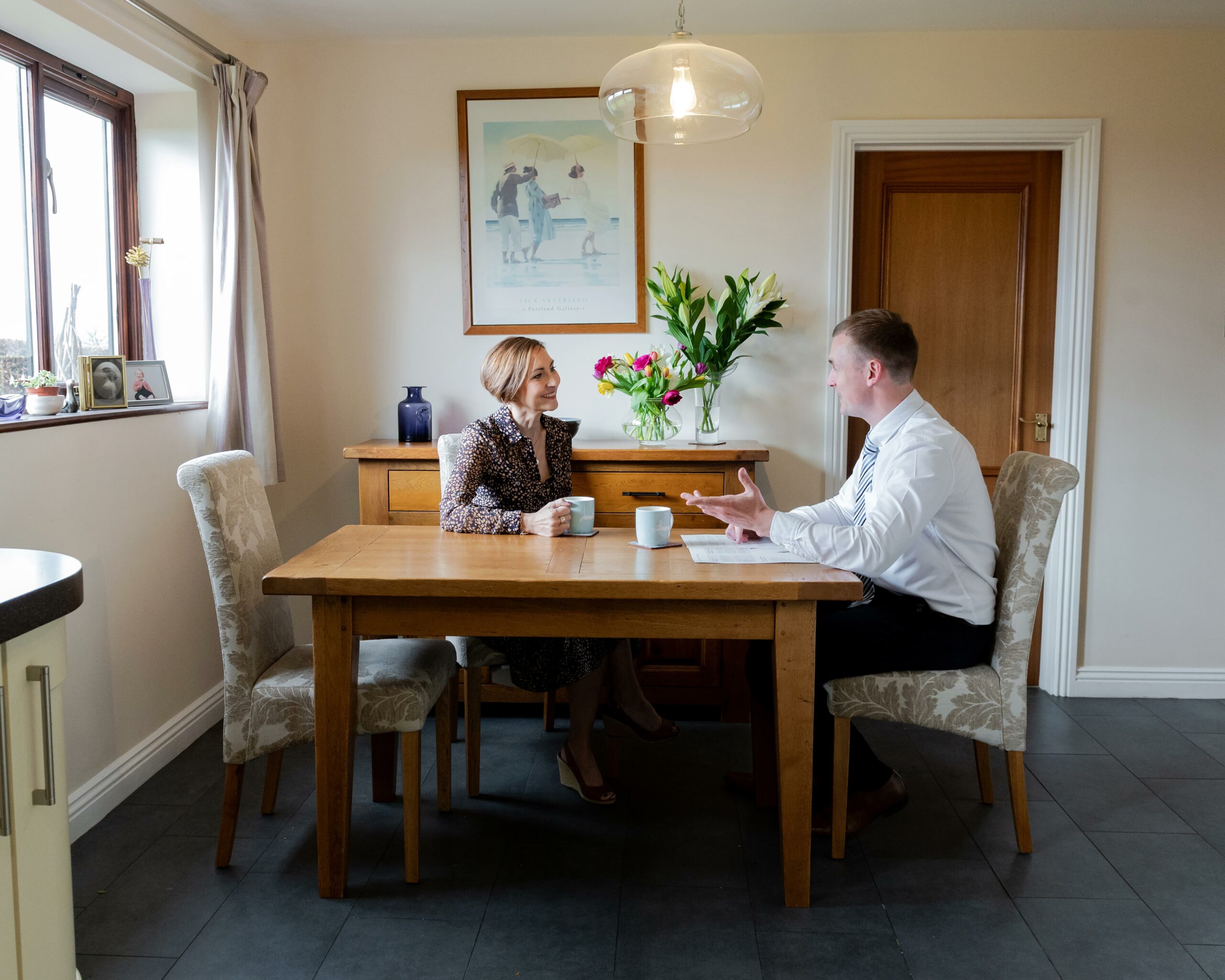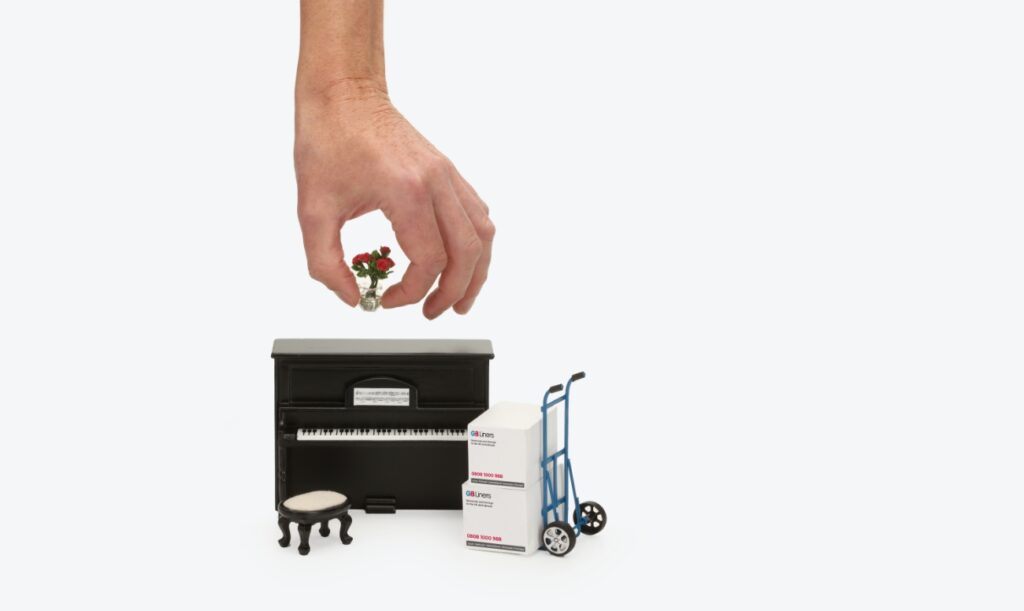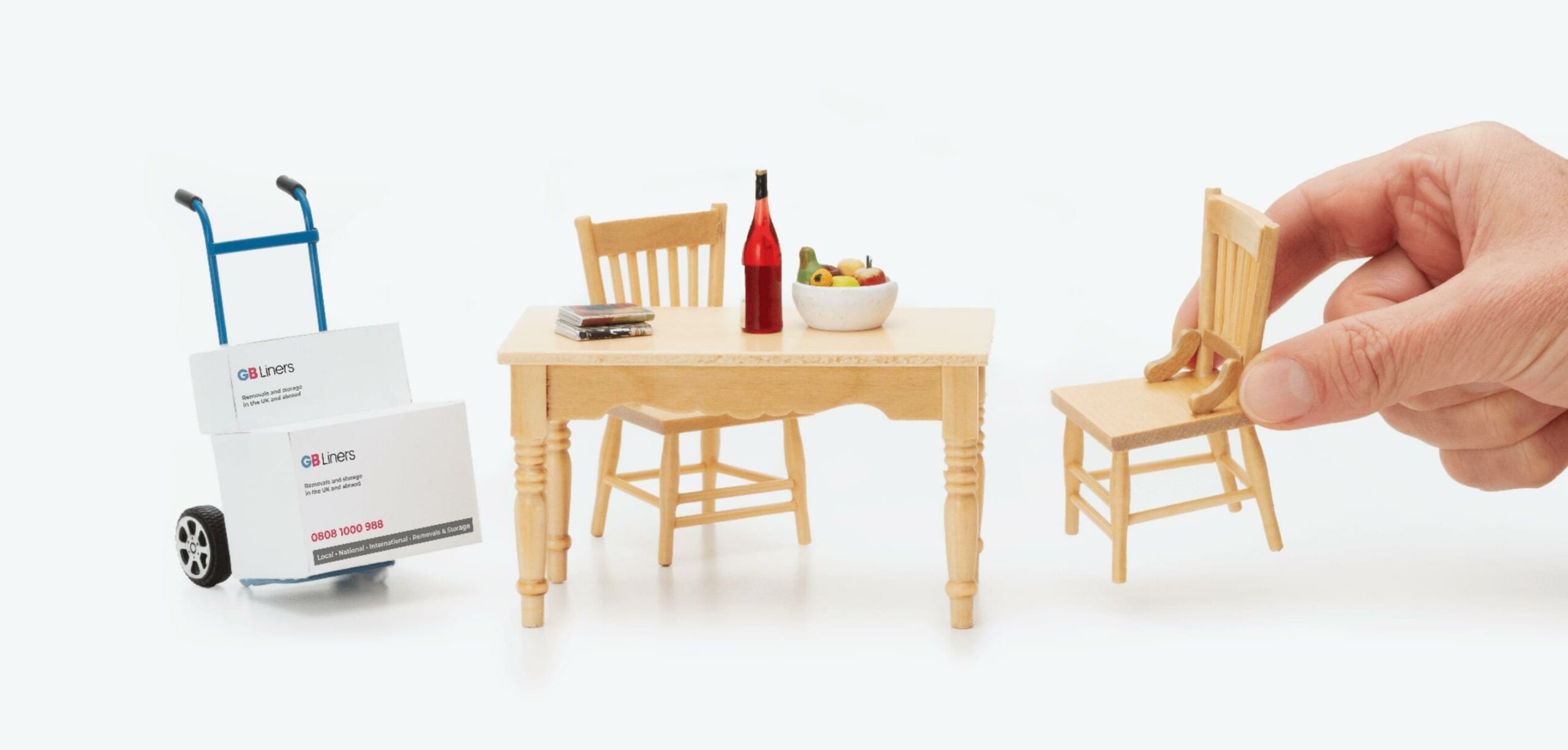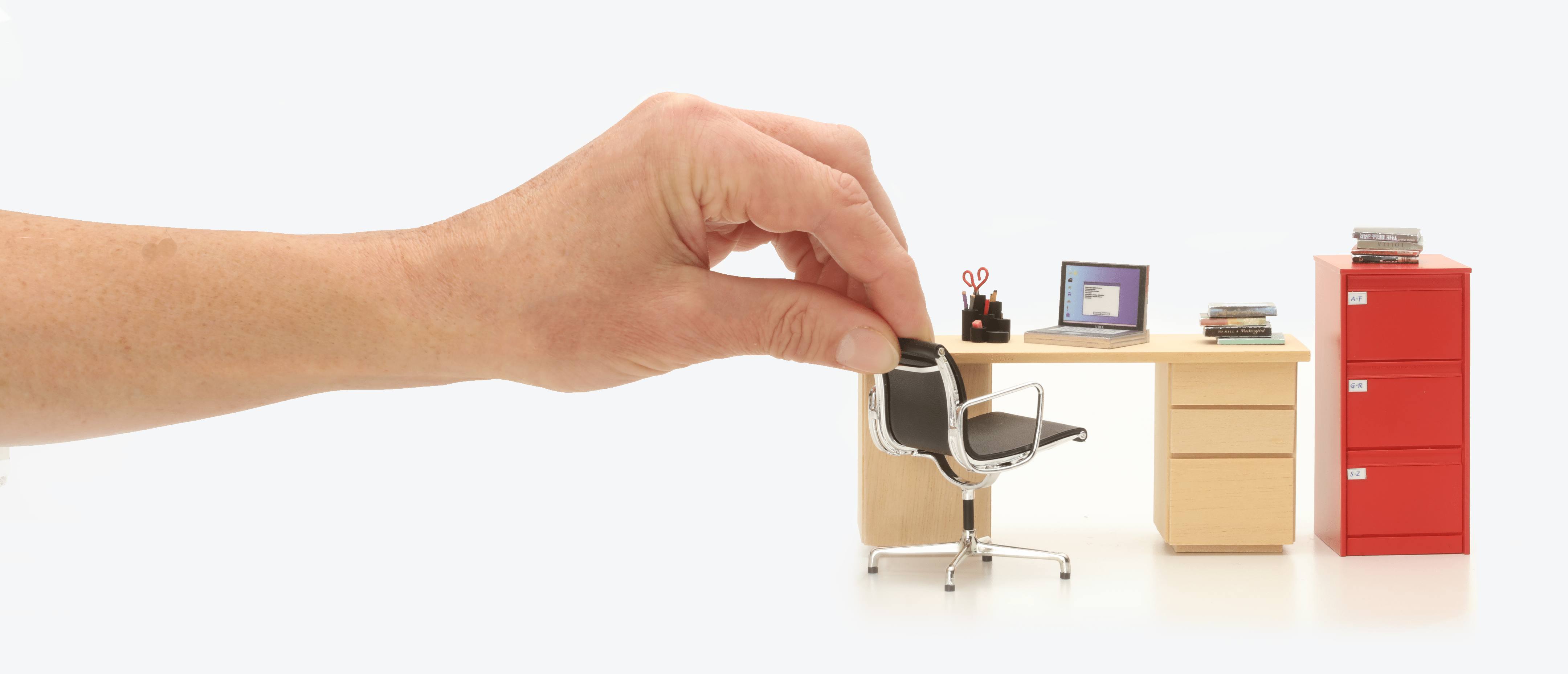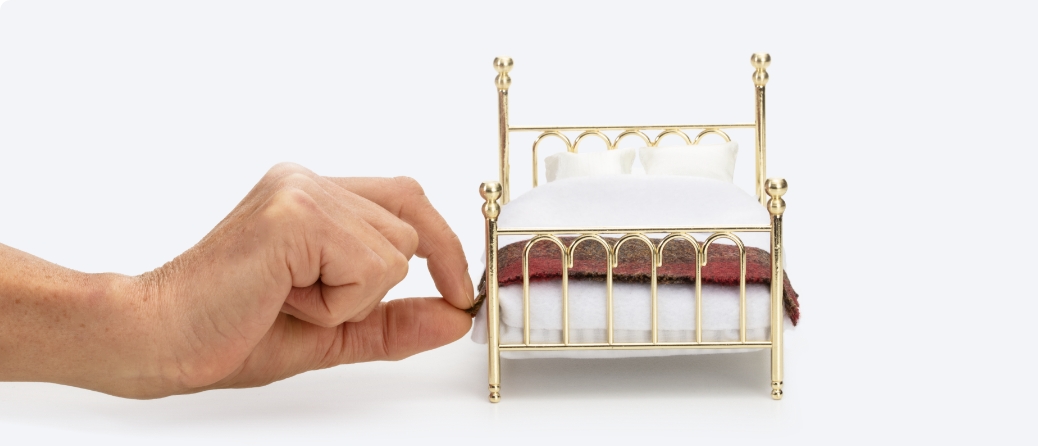moving with gb liners
It’s our role to minimise the stress you feel surrounding your move. Our team are professional and our methods are proven, so you’re in safe hands. Your move doesn’t have to be stressful.
Over 98% of people who move with us would recommend us to a friend
Source – Trustpilot
Five steps to your new home
Get a quote
Step 1
The move to your new home can be completed in the five simple steps mentioned above. We are excited to help you through the process, and this all starts with arranging a quote.
Set the date
Step 2
Once you have decided to use us to handle your move, and are in a position to set a date, it is important to contact us so we can advise on availability.
Pack & Prepare
Step 3
Prior to your move date, we will need to arrange to deliver your boxes if you’re packing, or begin pre-packing if you’ve opted for a packing service.
Move Day
Step 4
The day has arrived, it’s time to move to your new home! Our friendly teams will be on hand throughout the day to make sure everything runs as smoothly as possible.
Settling In
Step 5
Once you are settled in and have unpacked your belongings, please let us know and we will arrange collecting your empty boxes.
YOU’RE NOT ALONE
Our friendly and committed team will be with you every step of the way. From the initial meeting with one of our removal consultants, to your dedicated removal coordinator and finally the team on moving day, nothing will be too much trouble.
